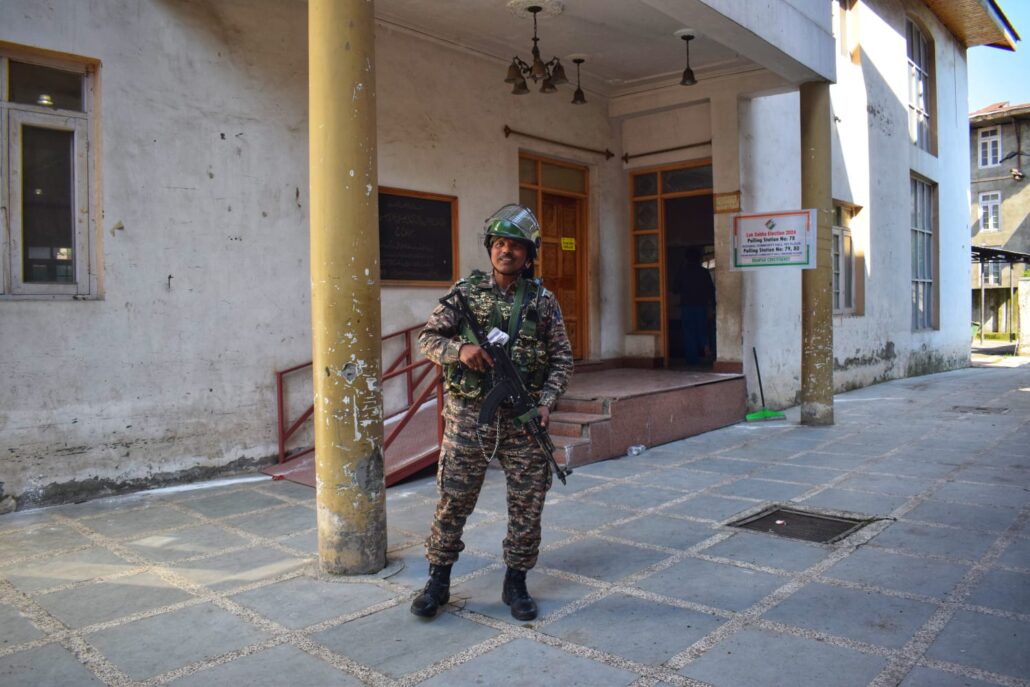
The first notification for Assembly elections in Jammu and Kashmir is set to be issued on August 20, coinciding with the publication of the final electoral rolls for the region.
The number of registered voters is anticipated to be close to nine million.
Currently, Jammu and Kashmir has 8.709 million voters, based on the last revision of the electoral rolls.
Following the publication on August 20, the voter count is expected to range between 8.8 and 8.9 million.
This marks the conclusion of the Special Summary Revision, and detailed voter lists for each Assembly segment will be made available to political parties and candidates.
These voter lists are particularly significant this year due to the recent boundary changes in several Assembly constituencies, which were redrawn by the Delimitation Commission after increasing the number of Assembly seats from 83 to 90.
Out of the current 8.709 million voters, 4.446 million are male, and 4.262 million are female. Additionally, there are 169 transgender voters, 82,590 voters with disabilities, 73,943 very senior citizens, 2,660 centenarians, 76,092 service electors, and 371,000 first-time voters.
Approximately 2.1 million voters are aged between 20 and 29.
Jammu and Kashmir has a total of 11,838 polling stations, with 2,332 in urban areas and 9,506 in rural areas, averaging 735 voters per station.
The Assembly elections will be conducted in three phases, with the first notification covering 24 constituencies issued on August 20.
Candidates must submit their nomination papers by August 27, with scrutiny taking place on August 28. The deadline for withdrawal of nominations is August 30, and the first phase of voting is scheduled for September 18.
The second phase of voting will occur on September 25, covering 26 constituencies, while the third phase is slated for October 1, involving 40 seats.
Major political parties, including the BJP, National Conference, Congress, PDP, Jammu and Kashmir Apni Party, People’s Conference, Bahujan Samaj Party, and others, are expected to announce their candidates for the first phase within the next few days.
With Assembly elections taking place after nearly a decade, election authorities anticipate between 700 to 900 candidates in total, including numerous independents.
Officials predict a higher voter turnout compared to the brisk participation seen in the Lok Sabha elections held earlier this year, as Assembly elections typically draw more voters.
Arrangements for the elections are being made with this anticipated high turnout and increased candidate participation in mind.




